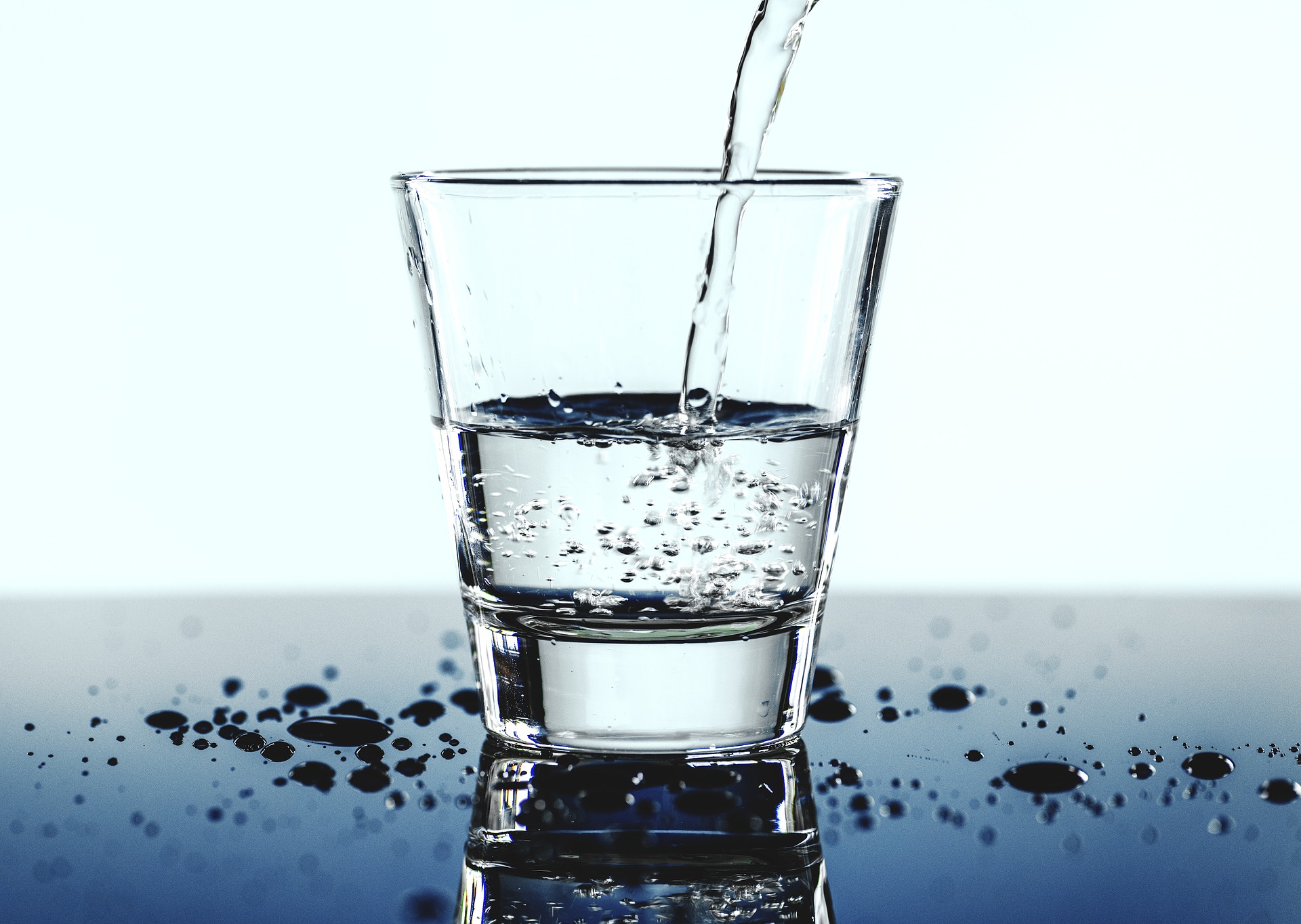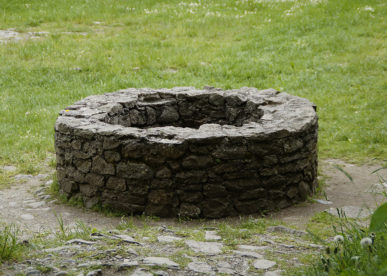Well Hydrofracturing For Ontario Residents
Hydrofracturing was originally developed to service the oil and gas industry in the 1940s, but has been altered to service the water well industry as many of the same principles apply. Hydrofracturing is considered a superior process to alternative methods due to its effectiveness in improving well performance. It can significantly increase the yield of low-yielding wells and revive wells that have experienced declining water production over time. The process is particularly advantageous for residential homeowners in Ontario as it offers a cost-effective solution to address water scarcity or insufficient water supply issues.
By utilizing hydrofracturing, homeowners can avoid the more expensive and disruptive option of drilling a new well. Additionally, hydrofracturing can be performed relatively quickly, minimizing downtime and inconveniences associated with accessing water for everyday needs.
With hydrofracturing of water wells, we only use chlorinated safe drinking water instead of the chemicals, sulfates and propulants used in the oil and gas industry.
Hydrofracturing Steps
Sean and Austin did an awesome job with Hydrofracking our water well. Sean arrived when he promised, explained the whole process, and did a fantastic job. Our water would run out after filling the hot tub, or if a toilet was running. We have been running the water continuously for 24 hours to get the water clear! Fantastic!! Thank you so much Sean!

How Does Hydrofracturing Work?
Hydrofracturing is a water well development process that involves injecting high-pressure water via the well into the bedrock formation immediately surrounding it. This process is intended to widen existing fractures in the bedrock and/or extend them further into the formation thereby enlarging the network of water bearing fractures supplying water to the well.

A Low Cost Solution for Ontario Households
Water well stimulation is a cost effective means of increasing the yield of existing wells with insufficient production rates, or existing older wells with decreased production rates due to incrustation or mineralization of existing bedrock fractures.
